Let’s continue to explore the Seven Strata of Strategy, Mastering the Rockefeller Habits author, Verne Harnish key strategy elements, discovered from mid-sized business owners after the last recession which moved the needle to increase revenue. For a copy of Verne Harnish’s Fortune article on The Seven Strata of Strategy and the worksheet to identify yours send me an email with Seven Strata of Strategy in the title.
Strategic Discipline Blog
Topics: customer service, strategy, Seven Strata of Strategy, Brand Promise
In Four Decisions – Strategy we discussed the Seven Strata of Strategy. Verne Harnish discovered these key strategy elements were what mid-sized business owners had concentrated on after the last recession to yield excellent results in moving the needle on increased revenue. Starting with this blog we’ll explore these seven strata, taking a look at what they are and why they have had such an impact on the company’s that identify them, and why they can also impact your revenue growth in 2014 and beyond if you choose to identify and develop them as well.
Topics: Business Growth, The Inside Advantage, strategy, Seven Strata of Strategy, Words You Own
92% of CEO’s feel their leadership team can communicate their strategy! The same survey revealed that only 2% of their leadership team actually could!
Topics: quarterly meetings, themes, Annual Plan, One Page Strategic Plan, Alignment, Strategy Statement, 3-5 year plan
Topics: Business Growth, leadership, manager, Leadership Team, effective delegation
Monday I spent 8+ hours with one of my clients working on strategic and annual planning for 2014. I purposely say strategy and planning because they are two separate elements to work on.
Topics: leadership, Compounding, Leadership Team, effective delegation
What’s the number one function of a leader? It’s the ability to predict.
“The fundamental journey of a growing business is to create a predictable engine for generating wealth as it creates products and services that satisfy customer needs and creates an environment that attracts tip talent.” Verne Harnish, Mastering the Rockefeller Habits
Unless a company has the ability to determine where it is today and project where its’ going to be this week, this month, this quarter, and this year, it’s not on a trajectory for growth. It might not even be on track for survival. A favorite quote of mine is, "When you’re green you grow, when you’re rip you rot!"
Ultimately the reason for imposing structure and instituting systems is to achieve predictability.
This is why Strategic Discipline is such a critical piece to success.
Determine your priorities. Create and monitor metrics. Develop Meeting Rhythms to build a Cadence of Accountability.
Topics: Strategic Discipline, planning, Annual Plan, leadership, strategy, Leadership Team
Topics: Business Growth, Mastering the Rockefeller Habits, market dynamics, Barriers to Business Growth
What is preventing your business from growing? Why do only .3% of the nearly 30 Million US businesses every get beyond $10 Million dollars?
Topics: Accountability, Business Growth, Work Process Flow Charts, Barriers to Business Growth, Execution
Topics: People, leadership, Barriers to Business Growth, Leadership Team, . The two most important attributes of effective
What makes people hate their jobs? What makes them non-productive, complaint-happy zombies?
Topics: Employee Feedback, employee engagement, weekly meetings, collective intelligence, employee performance, Mastering the Rockefeller Habits

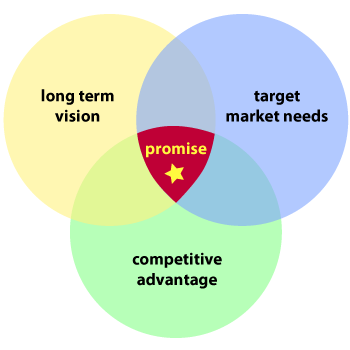


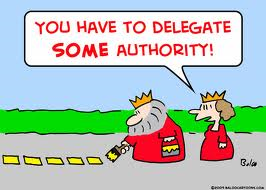
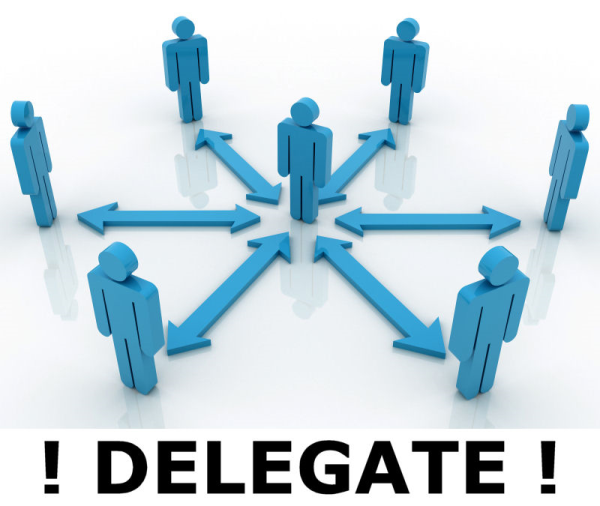


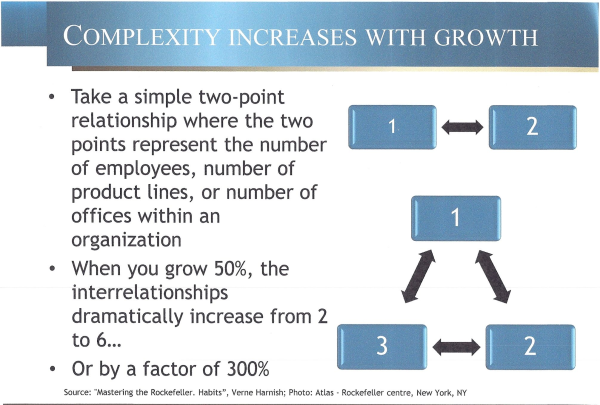
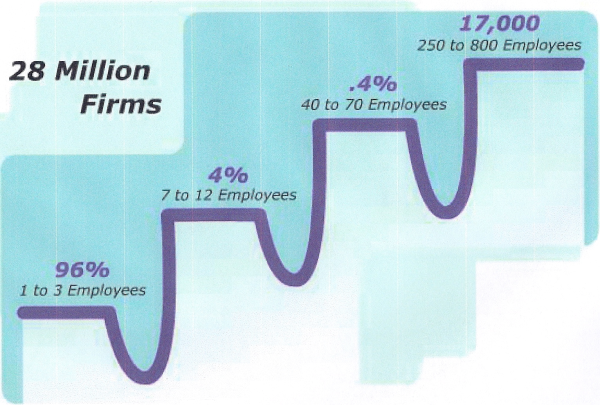-resized-600.jpg)


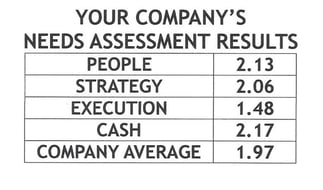



.jpeg?width=150&height=135&name=Hand%20with%20marker%20writing%20the%20question%20Whats%20Next_%20(1).jpeg)

